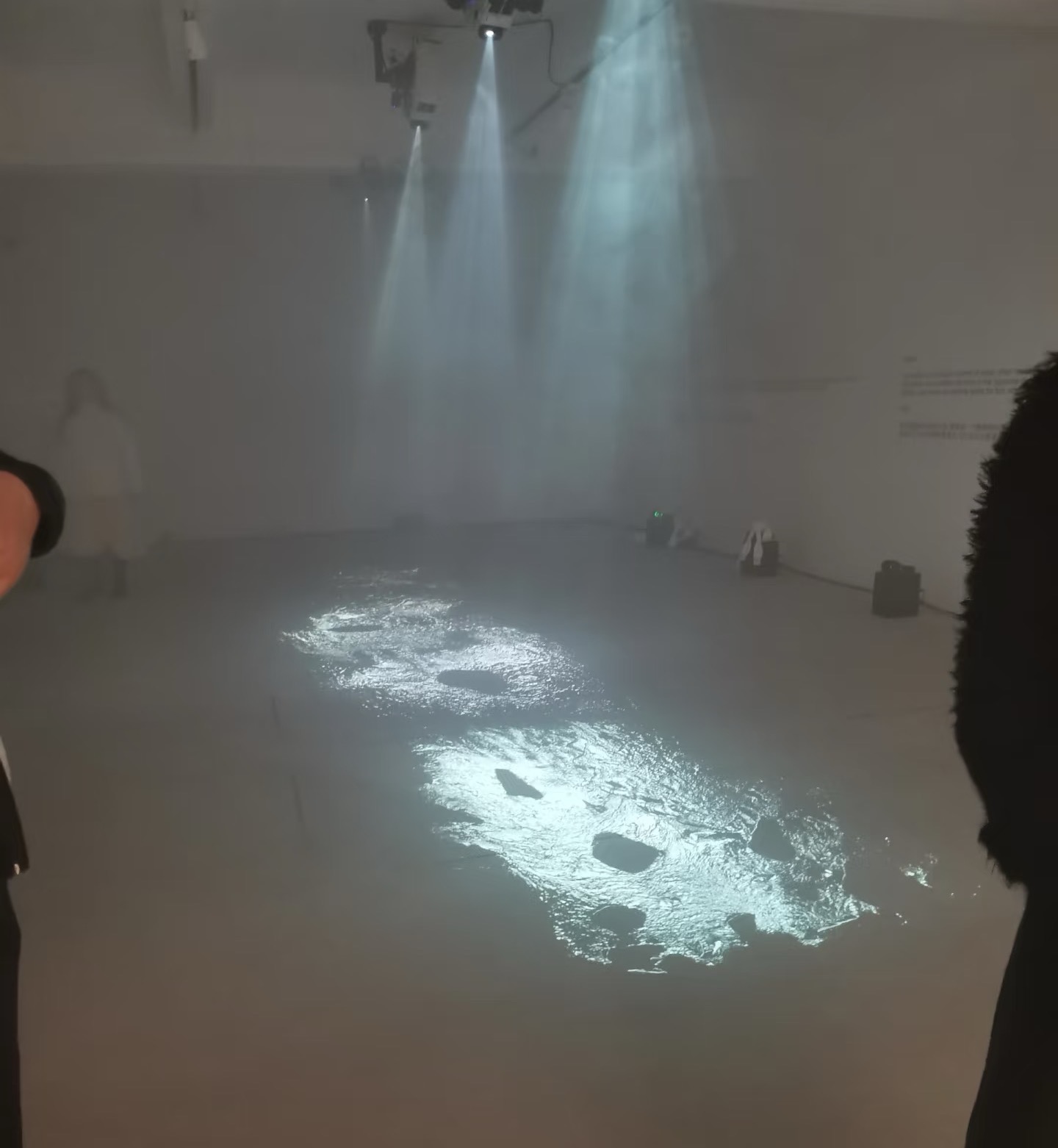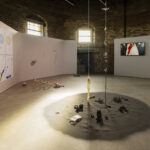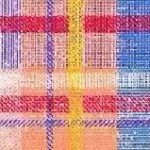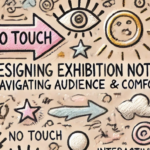To Ruoyun:
Through reviewing your curatorial blog, I sense your keen grasp of the philosophy of perception and emotional experience. Your exhibition ‘Dwelling in the L’heure bleue’ uses the ‘blue moment’ as an imagery to deeply explore perception and silence, echoing contemporary curatorial trends (such as Georgina Kleege’s theory of tactile curating) that emphasise non-textual and non-visual experiences. It echoes contemporary curatorial trends that emphasise non-textual, non-visual experiences (e.g. Georgina Kleege’s theory of haptic curatorship).
You have clearly structured the exhibition into three parts: sensing, feeling and action, creating a clear path from the external material world into the internal spiritual world. This is highly compatible with Claire Bishop’s concept of participatory art.
Your innovative introduction of odour artists such as Sissel Tolaas and Jing Tan explores memory and emotion, but it is important to be aware of the issue of sensory fatigue, especially in multi-sensory exhibition spaces, where ‘breathing zones’ can be set up between exhibits to buffer the experience. As for Liu Enxi’s Water in the Water and Ren Wanyu’s River’s Song, the choice of ‘river’ as a symbol and its conceptualisation in the gallery layout is novel, reflecting the need for ‘mobility’, This is very innovative, reflecting in-depth thinking about ‘mobility’, ‘memory’ and ‘self-discovery’. This reminds me of another exhibition called ‘River Journal’, which is a low-cost and participatory projected interactive format, in which the participants can play the roles of stones and water, which may be inspiring to you.(http://www.chronusartcenter.org/river-biographies/)

Secondly, I think there is still room for improvement in the details of curatorial practice. At present, your description of how to concretely realise multi-sensory interaction and non-verbal expression in the exhibition is not clear enough. I think if you can more clearly design the routes of audience interaction or the ways of participation, it will better present your curatorial concepts and be more easily accepted by the audience.
In addition, your choice of venues and artists reflects sensitivity to curatorial ethics, community and cultural diversity, in line with Ana Bilbao’s idea of SVAOs. As far as site selection is concerned, Copeland Gallery seems to be more suitable for you, with a location that is more likely to appeal to a wide range of audiences, and white walls and plenty of natural light to highlight your chosen artworks, especially some sensory, tactile or multimedia installations.
All in all, your curatorial practice and reflections reflect a high degree of originality and theoretical acumen, and more importantly, you are not in a hurry to ‘reason’ or ‘educate’ the audience, but rather invite them to participate in a physical and emotional journey. This kind of curatorial approach is in itself a kind of gentle resistance, and is a very valuable experiment in contemporary curating. I suggest you read Maurice Merleau-Ponty’s Phenomenology of Perception, which is about how the body is at the centre of perception and sensation of the world, and it may be more inspiring and helpful for your curatorial projects, and to think about: how to describe more concretely the ways in which the audience interacts with the exhibition? How to deal with the balance between non-verbal curatorial strategies and audience interpretation? We hope these suggestions will provide more possibilities and inspiration for your exhibition practice.
References
Chronus Art Center, 2022. River Biographies. [online] Available at: http://www.chronusartcenter.org/river-biographies/ [Accessed 23 March 2025].
Merleau-Ponty, M., 2012. Phenomenology of Perception. Translated by D.A. Landes. London: Routledge.
Chronus Art Center, 2022. River Biographies. © 2025 by Chuni Mao is licensed under CC BY-SA 4.0





